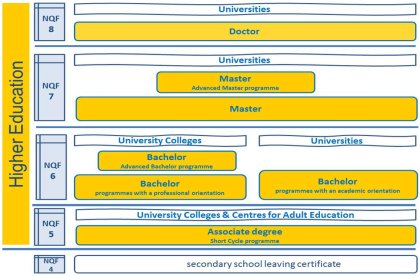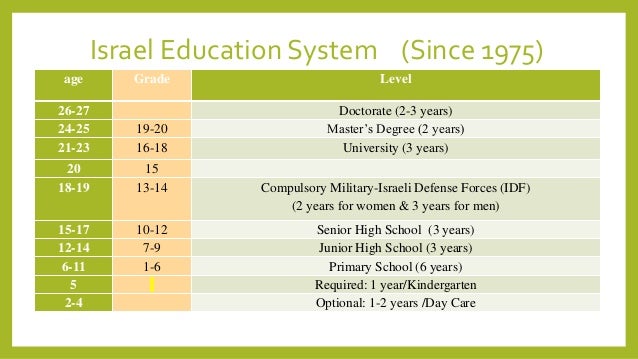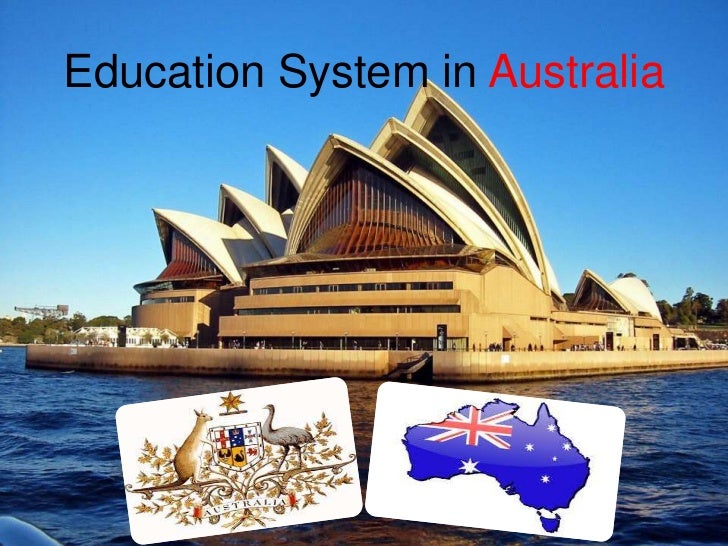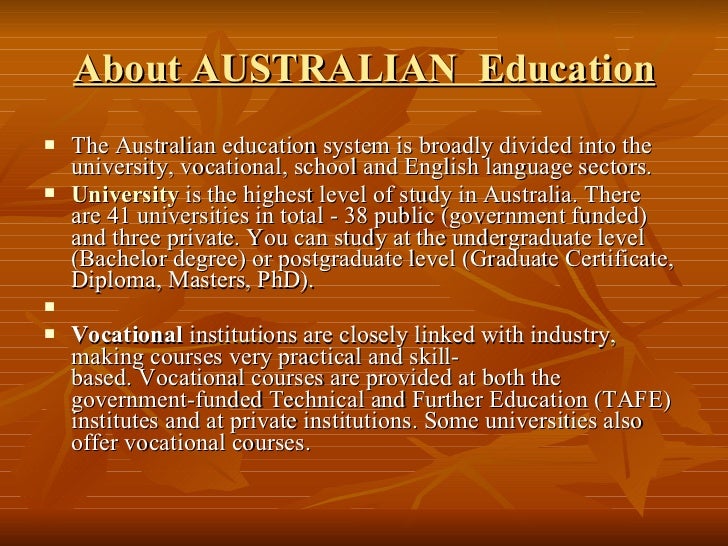
The education system in Switzerland is terribly numerous, because the constitution of Svizzera delegates the authority for the college system in the main to the cantons. The Swiss constitution sets the foundations, namely that primary college is obligatory for each kid and is free publically faculties which the confederation will run or support universities.Education in Switzerland is comparatively high. Switzerland is presently graded nine out of sixty five countries and economies in the OECD/PISA 2012 survey of academic standards amongst fifteen year old.
The State Secretariat for Education, has primary responsibility for his or her education and in impact run their own education systems. Every education department has its own college calendar, education structure, methods of teaching and curricula. Bear in mind that this can create moving a toddler from a college in one canton to 1 in another quite troublesome.
Most students in Switzerland attend native faculties, which area unit of high customary and free. However, foreign families may take into account Associate in Nursing international college to ease their child's transition by continued education in a very acquainted language and syllabus. Your child's age and length of time in Switzerland area unit some factors to contemplate.
Most students in Switzerland attend native faculties, which area unit of high customary and free. However, foreign families may take into account Associate in Nursing international college to ease their child's transition by continued education in a very acquainted language and syllabus. Your child's age and length of time in Switzerland area unit some factors to contemplate.
Every youngsters do attend preschool for 2 years, in thusme cantons they are not obligated to attend or do so just for one year. Around the age of six, children go to school. Depending on the canton, primary school lasts between four and 6 years. At this level, children area unit not divided into action teams.


Children usually move onto lower secondary level at the age of 11/12 at a middle college. Lower secondary education usually lasts for 3 years except in communicative Swiss canton, when it lasts for four years. How well {the kid|the kid} has done at primary level determines that level the child is assigned within the lower secondary level. Higher education includes technical and vocational faculties, as well as universities, spread across cantons such as urban center, Berne, Fribourg, Geneva, Neuchatel, Lausanne, Lugano, Zurich, Lucerne, and St Gallen.



 .
.

 The system of education in New Zealand is a three-tier model. The academic year in New zealand varies between establishments, but usually runs from early February till period for primary colleges and from late February till period of time for universities. Public schools are across the nation funded. However, if the board of trustees elects to do so, they may take the funding for employees salaries as a payment.
The system of education in New Zealand is a three-tier model. The academic year in New zealand varies between establishments, but usually runs from early February till period for primary colleges and from late February till period of time for universities. Public schools are across the nation funded. However, if the board of trustees elects to do so, they may take the funding for employees salaries as a payment.



